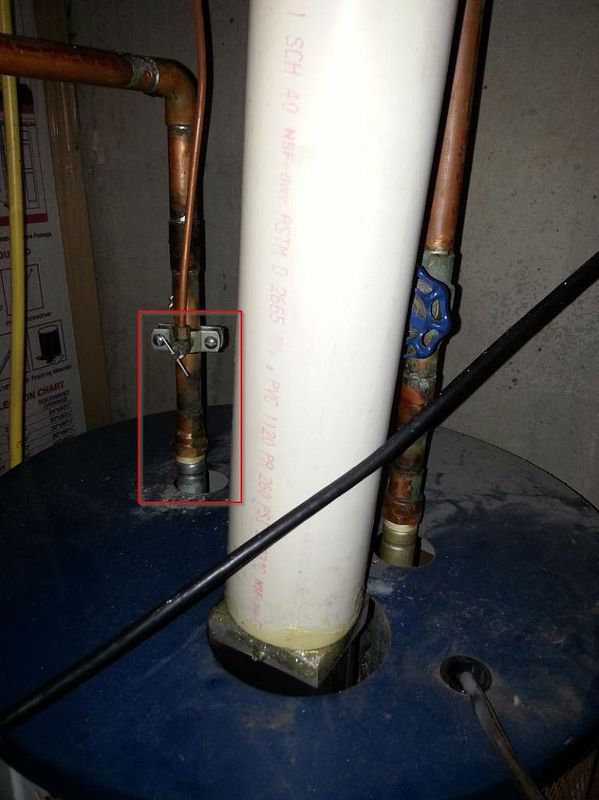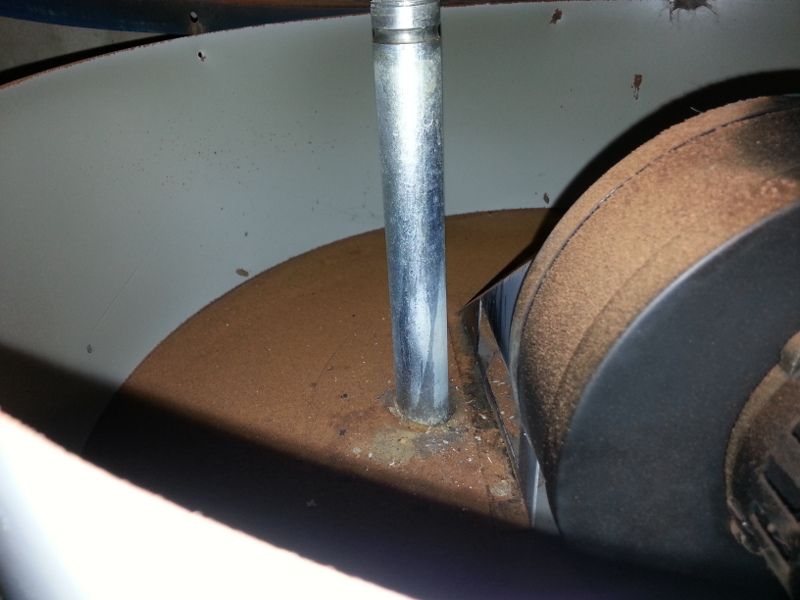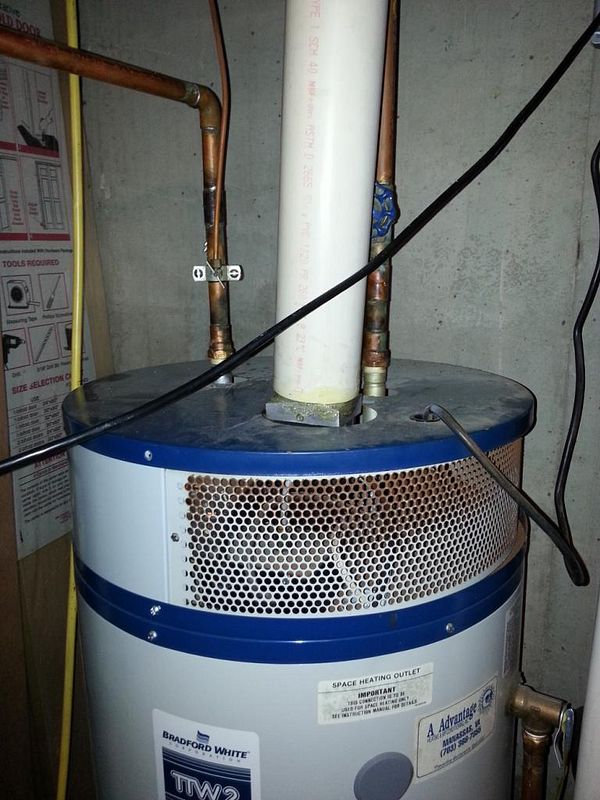Hi folks -
I'm your typical Harry Homeowner without much knowledge of plumbing, but I'm always willing to give anything a try.
Earlier this year we drained our Bradford-White 38 gallon tank because I heard that was a good thing to do (to get rid of sediment). I thought I'd also check the anode rod but couldn't locate it! (I heard they're usually located on top of the unit.)
Eventually I did find out that apparently on mine it's attached to the hot water outlet nipple.
So:
1. Shall I have another go at this? If yes is the hot water outlet nipple typically the drain valve at the bottom of the tank (the same one I used to drain it)? Or is it the valve farther up (on mine there's another valve half-way up)? Any other tips/tricks?
2. Or should I just call a pro?
I'm your typical Harry Homeowner without much knowledge of plumbing, but I'm always willing to give anything a try.
Earlier this year we drained our Bradford-White 38 gallon tank because I heard that was a good thing to do (to get rid of sediment). I thought I'd also check the anode rod but couldn't locate it! (I heard they're usually located on top of the unit.)
Eventually I did find out that apparently on mine it's attached to the hot water outlet nipple.
So:
1. Shall I have another go at this? If yes is the hot water outlet nipple typically the drain valve at the bottom of the tank (the same one I used to drain it)? Or is it the valve farther up (on mine there's another valve half-way up)? Any other tips/tricks?
2. Or should I just call a pro?



































![MEISTERFAKTUR drain snake 2.0 [50 FT] - with drill attachment - Ideal plumbing snake for sink and drain unblocking - Solid drain auger for real DYIs! (50 FT - 1/4 inch)](https://m.media-amazon.com/images/I/41VwmTiOsgL._SL500_.jpg)













